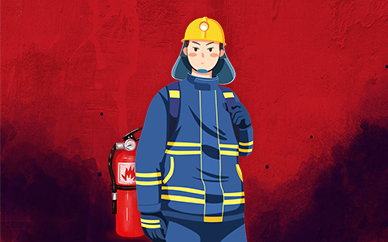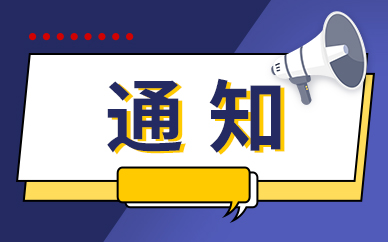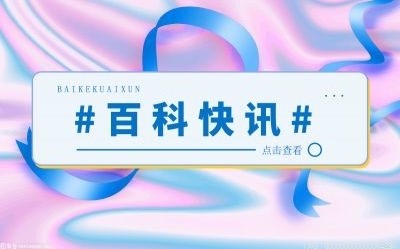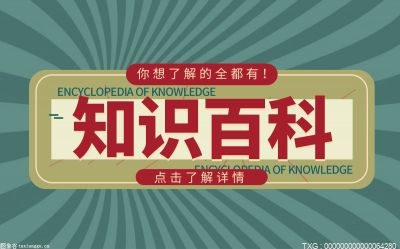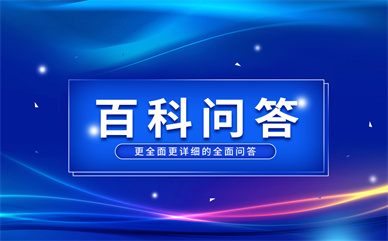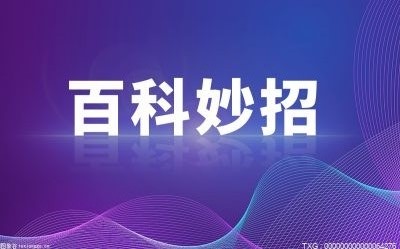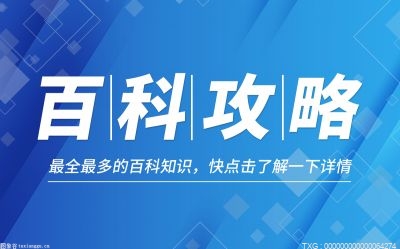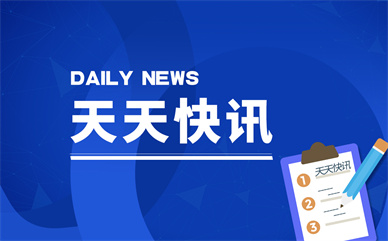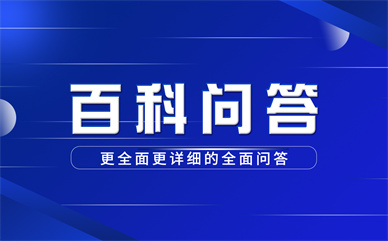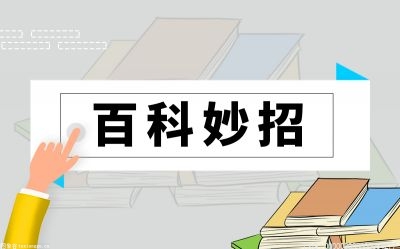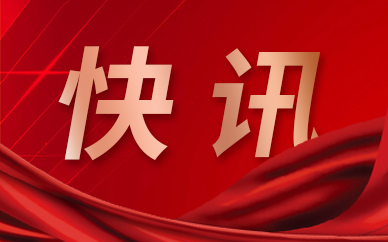Source Image:China Visual
 (资料图片)
(资料图片)
BEIJING, February 24 (TMTPOST) -- An annoucement and a photo have thrust Huawei"s smart auto business into the spotlight. According to the recent announcement, Wang Jun, who had been in charge of Huawei"s auto business unit and intelligent driving solution product line, was suspended from his position. In the photo, Huawei’s Consumer Business CEO Yu Chengdong inspected its Avatr model line – a product in the Huawei Inside business model, or the HI. It refers to a mechanism under which Huawei provides smart car solutions to automakers.
People outside the company have suspected that Wang"s suspension means that the HI approach championed by him is being marginalized, while the Smart Selection car team led by Yu is taking the center of the stage for Huawei"s smart auto business.
Although Huawei has responded that it is not changing its direction of the automotive business, these pre-existing internal conflicts are now finally being bared.
Huawei had decided that “Huawei will not make whole cars within three years”. By October this year, it will be three years after that announcement. Wang, who advocated the HI business model, made an exit. Yu, who once promoted building cars, has “consolidated his power" after Wang’s exit.
At the same time, with Yu "s new goal of " auto business must achieve profitability in 2025", how far will this pricy HI mode go?
Competing Approaches
Wang"s suspension is not just a personnel adjustment, but the reflection of the rivalry between two different approaches for Huawei"s auto business.
One is that Huawei is a supplier to car makers, the other is that it manufactures its own car under its own brand. Yu seems to be a supporter of the latter.
In June 2019, Huawei set up the auto business unit, which is under direct leadership of the Information Communications Technology (ICT) Management Committee, with Xu Zhijun as head of the business unit. At that time, Xu asked Wang, who then led Huawei"s Japanese operator business department, to prepare for Huawei"s car-related business as president.
This was the first time for Huawei to position itself as a supplier. At that time, Xu announced that Huawei had officially entered the automotive industry, but Huawei itself did not make cars. Of course, Wang Jun was also a supporter of that approach.
Despite conflicting ideas within the company, Huawei’s founder Ren Zhengfei issued the "Resolution on the Management of Smart Auto Parts Business", hitting a brake on the dispute of competing routes. He decided that “Huawei will not make whole cars within three years."
"As the person in charge of the consumer business, Yu started from the consumer Business Group, and he wanted to build cars." Xu once said. "Yu was not convinced, but he only had one vote."
Wang quickly formed a team in a little more than a year after his appointment. The department expanded from 60-70 people to nearly 4,000 people, and then incubated 9 sub-departments. In addition, Wang also changed the positioning as a parts supplier mode and instead created the HI business model.
Wang developed the automobile business unit from scratch and established the basic form of the automobile business unit. Just as Wang was preparing to do something big, Huawei gradually handed the auto business to Yu through several personnel adjustments.
In May 2021, Yu, who had led Huawei Cloud business, started to serve as CEO of the Consumer Buisness Group and CEO of the Smart Car Solution business unit. Wang was the president of the Smart Car Solution business unit. With Yu as CEO of the Atuo business unit, and Wang as president of the auto business unit, the division of their powers was not clear.
Only four months later, Huawei made another adjustment. Wang was transferred from the position of president to COO while Yu continued to serve as CEO of Huawei"s smart car solution. Huawei noted in an announcement: “Due to management needs, the company abolished the position of president." With this adjustment, Wang, who was once seen the highest boss for Huawei’s smart auto business, will report to Xu instead of Yu.
After a series of adjustments, Huawei"s smart auto business has three approaches:
First, the traditional parts supplier model. Huawei provides standardized parts and components to manufacturers, which is a relationship between a seller and a buyer.
Second, the HI business model that integrated software and hardware smart car solutions with automaker partners, including BAIC ARCFOX and Changan Avatr.
Third, Huawei"s Smart Selection business model. Huawei is deeply involved in product concept, vehicle design and channel sales, and works with car companies at brand marketing level. " Aito " is an example.
Actually the HI mode business is led by Wang, and the Smart Selection business by Yu.
According to a former employee of the business unit, the HI mode was developed by Wangafter Yu transferred some employees from the Consumer BG. Although the software development departments of the two parties are now working together, and the tool chain and control system are shared, they are essentially two teams, and the two leaders have different ideas.
“These two business units are somewhat related to each other, but exclusion is quite serious,” an industry expert told TMTPost. From an outsider’s perspective, the mutual exclusion of the two parties is reflected in the products, and the facts is confirmed when it comes to two car models: Aito M5 and Aito M7. In terms of intelligent driving, these two models are using solutions from third-party suppliers, rather than Huawei"s own solutions.
Yu also publicly criticized the traditional parts-supplying mode. "Traditional car companies ask Huawei to come up with the solutions, and the design of more than 20 parts of a car is tendered separately. This way, we can"t compete with other modes—concentrating on three parts, so we can lower the cost, and have high reliability. The mode is very uneconomical."
In the same department, the two modes compete with each other. However, in the eyes of outsiders, this is the embodiment of Huawei"s “wolf” culture. Through the internal "horse racing", the company has tested the feasibility of different modes, and then chooses what is more suitable for future development through comparison.
Profitability Is the Key
For Huawei, who has been in its hard times, whether "a black cat or a white cat, the one that "can make money" is a good cat." That is to say, no matter what mode it is, the one that can generate revenue is a good mode.
Poor sales under the HI mode are considered to be the direct trigger for Wang’s exit.
There are three main partners under Huawei"s HI mode, namely BAIC ARCFOX and Changan Avatr and GAC. GAC has not launched specific models, but BAIC ARCFOX released the ARCFOX Alpha S in 2021 and Changan Auto launched Avatr 11 in 2022.
According to the statistics from TMTPost, BAIC ARCFOX sold merely over 6,000 units of Alpha S in 2022. About 2,000 units of Avatr 11 released in December 2022 have been sold. The average sales for a new energy vehicle model is u more than 10,000. The sold vehiclesunder Huawei"s HI mode are only a few thousand. In contrast, sales of Aito under the smart selection mode is obviously more impressive: a total of 76,180 vehicles were delivered in 2022.
More importantly, the profitability models of the two modes are different.
In the HI mode, Huawei does not bear development costs and trial production costs, and makes profits through sales. Under the smart selection mode, Huawei has at least two sources of profits. One is to help automakers build, sell and distribute cars. The profits are obtained through distribution channels with dealers. The other is to provide parts and components through the auto business unit, which can generate revenues in development and parts sales.
In other words, the HI mode depends much on sales performance. Wang Yanmin, the president of Huawei"s terminal smart Atuo business, said that Huawei chose to alter the mode because some customers have difficulties in choosing Huawei components. And only to find that with Huawei"s support, new cars priced above 300,000 yuan did not become a hot commodity at all."
In comparison, the smart selection mode is more profitable, and the sales are more eye-catching. The HI mode did not perform well not because of the problems in the mode itself, but also some common problems in the industry too.
Under the HI mode, car companies have the final say. Huawei plays the role of a first-tier supplier. The problem is that Huawei’s HI mode does not provide a standard solution and it needs to offer customized solutions based on different projects.
According to a partner with Huawei’s HI mode business, “The supplier system and component standards of each car company are different. They (Huawei) need to adapt to different models of different car companies. It will take a lot of manpower and material resources. ".
Wang said in an interview: "Because the solution cannot be reused, when Huawei cooperates with a new car company, it has to deploy a dedicated team, which is very costly." In the Avatr project, Huawei once send thousands of engineers to Changan Auto for joint development.
An industry expert told TMTPost that in addition to customized costs, the research and development costs of Huawei"s full-stack solutions are also high, especially in the field of autonomous driving. "The high expense issue is not a problem for Huawei alone, but also a problem faced by the entire industry."
According to Chi Linchun, president of the Marketing and Sales Service Department of Huawei"s smart car solution business unit, Huawei has invested nearly US$3 billion in the past three years in the research and development of auto parts alone. This did not include departments that spend even more, such as the intelligent driving product department, the intelligent cockpit product department, and the intelligent network product department.
For car makers, the reason to choose Huawei"s integrated solution is to achieve intelligent driving in one step, but the real problem is that the level of a passenger car’s autonomous driving is still at L2+. Huawei"s solution is only to provide highway NCA functions, the urban NCA technologies have not been applied.
As the first car model to be developed in Huawei"s HI mode, the BAIC ARCFOX is 100,000 yuan more expensive than the regular version. Although its reputation was good right after the release with Huawei as a partner, the time window was missed due to slow progress in Huawei’s supply of autonomous driving solutions.
TMTPost learned that a senior executive of BAIC ARCFOX once said bluntly in an internal meeting, "We have worked with Huawei for so many years, and Huawei has gained a lot of attention. But what have we got?"
Not only did BAIC and Huawei have frictions, Changan Auto also had a similar issue with Huawei. An employee of Changan Auto also revealed that there were conflicts with Huaweiin the early stage.
In addition, Huawei"s brick-and-motar stores belong to the consumer business group led by Yu, and it was difficult for the HI mode to obtain channel resources like the smart selection mode. Compared with Aito’s access to thousands of stores in Huawei, ARCFOX’s sales only rely on 200 physical stores, which is much smaller in size. Yu once said that Huawei has more than 5,000 offline stores. After a little renovation, the regular store can become a direct merchandise store for Huawei to sell cars.
For car companies, adopting the HI mode, although there is a synergistic effect by working with Huawei, could hardldy lead to good results. These car companies cannot complain. For Huawei, if the sales are not good, then it is difficult to get back its high investments.
However, this does not mean that the HI mode was a misstep. The problems are high investments and long investments recovery cycle. Therefore, after weighing the actual pros and cons, the smart selection mode is more suitable for Huawei"s development path.
"Huawei is becoming less and less like a supplier to the auto industry," many have commented.
When working with Seres, Huawei has engaged in the entire product line, R&D, and sales process. In addition to manufacturing, Huawei has covered early project approval, product positioning, mid-term project advancement, time planning, product release and marketing.
With only eight months left since the resolution of “Huawei will not make whole cars in three years" was passed, the discussion about whether Huawei will make whole cars is getting heated again.
However, many industry insiders told TMTPost that Huawei is less likely to involve in the whole car-making process.
One reason is that Huawei is not a qualified carmaker; the other is that the cost for manufacturing cars is high. Even though Huawei has improved cost- efficiency in various ways, the auto industry needs huge investments and has a very long payback period. Especially, it is still in a downward trend now. In the long term, it is too risky for Huawei to continue to invest in the business.
Moreover, Ren Zhengfei said last year in Huawei"s internal sharing: "Smart car solutions cannot be laid out as a whole frontline. It is necessary to reduce budgets, strengthen the business closed-loop, and develop modularized R&D. Focus on a few key components and have core competitiveness. The rest can be connected to others."
Huawei’s auto business has been in red since it was set up three years ago. Yu also publicly admitted that "Huawei has invested a lot in automobiles, spending more than one billion U.S. dollars a year. It is currently the only loss-making business for Huawei. It hired 7,000 peopledirectly and more than 10,000 people indirectly, in terms of manpower investment."
To achieve profitability is the top priority for the auto business. Yu once stated at Huawei"s internal meeting last December that the auto business must be profitable in 2025.
This means that Huawei will no longer focus on only technology, it will pay more attention to profit-making. To achieve this goal, Huawei, that "does not make whole cars," needs to seek more partners to sell more cars in its stores.
For the expansion of the smart selection mode, Yu has sent out a message. He once said to retailers: "Everyone must dare to open a large store of more than 1,000 square meters, or you will not be able to have so many cars in your store in the future. The number of models for sale will reach 12 to 13."
In addition to working with Seres, Huawei will also cooperate with Chery, JAC and other car companies in the smart selection mode. The smart car jointly developed by Huawei and Chery is based on the Chery E platform, internally code-named E03, and the price may be around 200,000 yuan. The progress of the smart car with JAC is slightly slower, and the price range may be between 200,000 yuan and 350,000 yuan.
Moreover, the cooperation between Huawei and BAIC will also be transformed into a smart selection mode, and related models are expected to be launched in 2024. As for the Avatr, a model that Huawei developed with Changan Auto, an insider told TMTPost that there is no sign of change yet. To some extent, this actually shows that the HI mode has not ended, but the ratio of the two modes adopted has changed.
Judging from the current situation, whether Huawei targets to sell 12 to 13 models of car in its stores in 2024, or it sets to achieve profitability in 2025, its auto business certainly needsto survive first and meet many challenges ahead.
This is a problem Yu has to tackle with, and it is also a dilemma for the auto business unit to face.
At the same time, with Wang leaving the business, the dispute over the different mode is alsocoming to an end. But this does not mean that the HI mode is a mistake, it is just not a fit for the time being.





